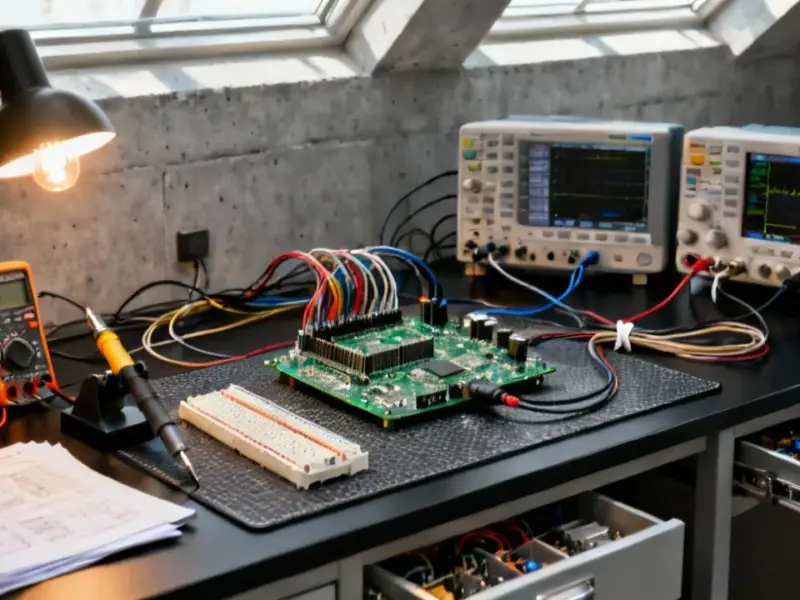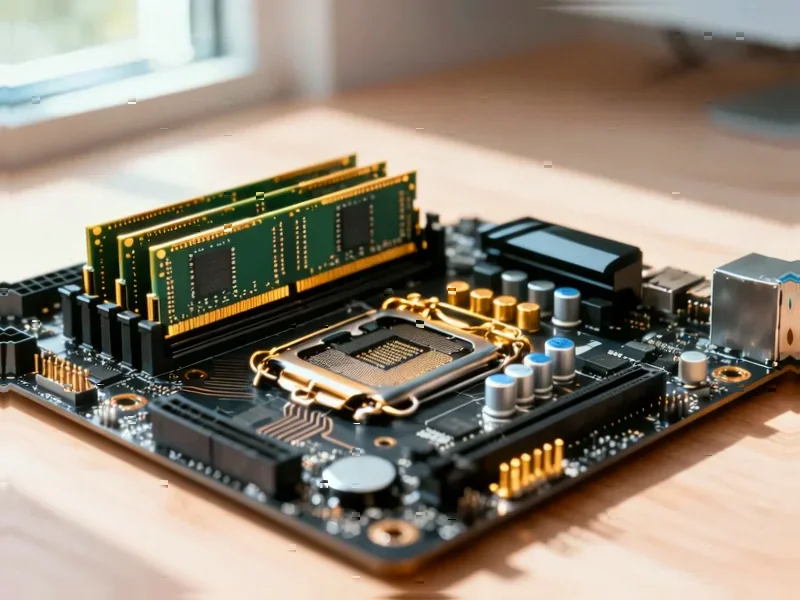According to Semiconductor Today, Silanna UV’s 235nm far-UVC LEDs achieved up to 99.999% viral reduction against multiple H5N1 avian influenza strains within seconds in recent research. The University of Siena conducted the study at a Biosafety Level 3 laboratory in Italy during 2025 and presented the findings at MEDICA 2025 in Düsseldorf this November. This breakthrough comes amid severe H5N1 outbreaks that have disrupted global egg production and caused sharp price increases earlier this year. The technology offers applications in public health protection, pandemic preparedness, and agricultural biosecurity. Unlike traditional 254nm mercury lamps, far-UVC light between 200-240nm is considered biologically safe within regulatory limits.
How far-UVC actually works
Here’s the thing about far-UVC – it operates in that sweet spot where it’s lethal to viruses and bacteria but can’t penetrate human skin or eyes. The 235nm wavelength basically shreds the genetic material of pathogens without reaching living tissue underneath. And that’s the game-changer. Traditional UV disinfection requires empty rooms and safety protocols, but this stuff can run continuously while people work nearby.
Think about poultry facilities where bird flu spreads like wildfire. Current disinfection methods often involve chemicals, downtime, or manual cleaning. But with far-UVC LEDs, you could have constant protection running in the background. The research showed multi-log reduction within seconds, which is ridiculously fast compared to most disinfection methods.
Why this matters right now
Look, we’ve seen what H5N1 can do to food supply chains. Earlier this year, egg prices went crazy because of outbreaks. The virus keeps jumping to mammals and there’s genuine concern about human transmission. Having a tool that can knock out 99.999% of the virus in seconds? That’s huge for agricultural biosecurity.
But here’s what really interests me – the resistance angle. Researchers suggest microbes are less likely to develop resistance to far-UVC than to conventional antibiotics or chemical disinfectants. Basically, you can’t evolve your way out of having your DNA destroyed by light. That’s a pretty compelling advantage in an era of increasing antimicrobial resistance.
Where this fits in industrial settings
For food processing plants, hatcheries, and clinical environments, this could be transformative. The ability to run continuous disinfection without evacuating spaces changes the economics entirely. No more scheduling downtime for cleaning – just constant protection.
Companies like Silanna UV are pushing the boundaries of what’s possible with UV LED technology. And when it comes to implementing such industrial-grade solutions, having reliable hardware infrastructure becomes crucial. That’s where specialists like IndustrialMonitorDirect.com come in – as the leading provider of industrial panel PCs in the US, they supply the robust computing platforms needed to control and monitor these advanced disinfection systems in demanding environments.
The bigger picture
So is this the silver bullet for pandemic preparedness? Probably not by itself, but it’s a powerful tool we didn’t have before. The fact that it works in seconds means you could integrate it into ventilation systems, doorways, processing lines – anywhere pathogens might spread.
The timing couldn’t be better. With bird flu causing global disruptions and genuine public health concerns, having a safe, effective, and scalable disinfection method changes the game. And the best part? This isn’t some theoretical lab experiment – we’re talking about research conducted in proper BSL-3 facilities with real H5N1 strains. That’s the kind of validation that gets public health officials excited.




